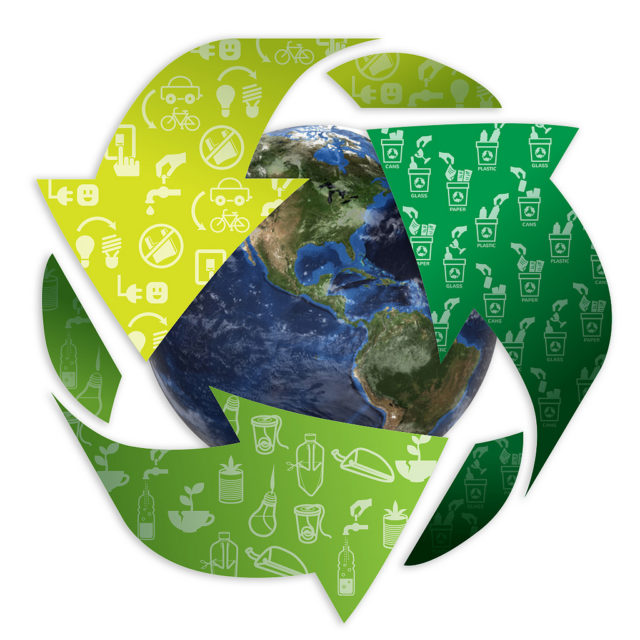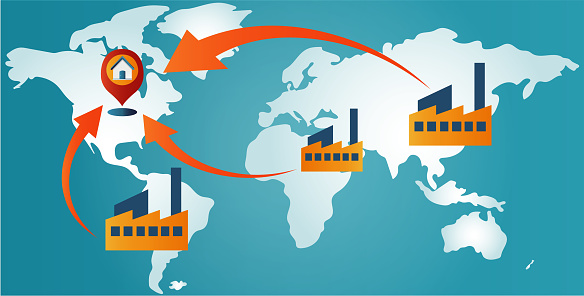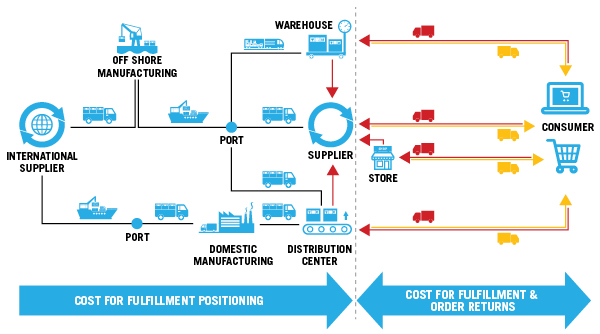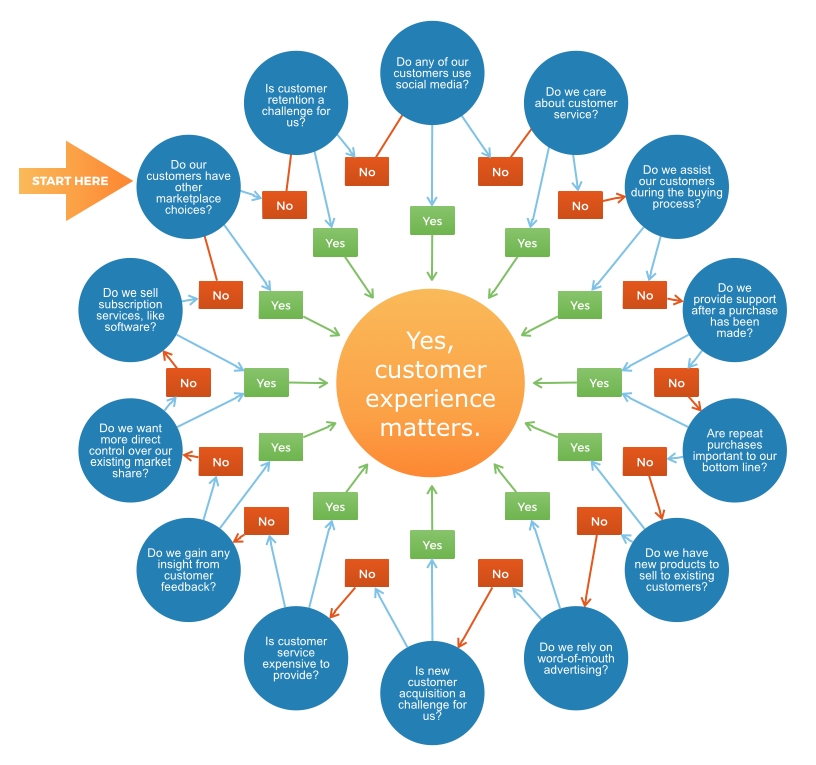As 2021 draws to a close, it's time to consider the B2B e-commerce trends that your company needs to be aware of in order to stay competitive and increase online sales in 2022. Despite the ongoing public health debate over the last two years, COVID-19 remains the primary factor driving change in all enterprises.
1. Importance of sustainability and social responsibility
Millennials already account for a sizable portion of B2B buyers and will continue to do so in the future.
As an e-commerce business, you must consider how to become more energy-efficient and climate-efficient in order to gain the trust and loyalty of your present (and future) customers. Focusing on your digital transformation will help you create paperless procedures and choose more environmentally friendly shipping solutions that will appeal to your customers.

Environmental friendliness
Beyond that, think about any waste-producing procedures your company may have and how you may adapt them to appeal to more environmentally concerned buyers.
Being environmentally friendly is merely one side of the coin; your company's attitude toward social justice problems is also important to millennial buyers: Even if they disagree with your company's viewpoints, 60 percent of consumers expect corporations to speak out on key topics.
2. Reshoring
When a corporation returns the production or manufacturing of items to its native nation, this is known as reshoring. It's the polar opposite of offshore, which is when a corporation moves its manufacturing and production to another country to save money.

Moving manufacturing and production to another country to save money
Companies are reevaluating where they get their goods as a result of the global supply chain collapse. Businesses have more control and are less vulnerable to external causes, such as the global supply chain breakdown, when they use domestic factories and producers. The COVID-19 conference addressed the flaws in global logistics and manufacturing.
You can have more trustworthy sourcing by bringing domestic manufacture back into play. It can, however, have an impact on pricing and labor costs, so bear that in mind.
3. Resource shortage
The disruption of supply chains will last until at least the third quarter of 2022. Furthermore, money infused into economies has resulted in an increase in inflation. Meaning? For the same item you spent less for in 2019, you should expect to pay more in 2022. According to Forrester, "shortage" will be the name of the game in 2022.
Another significant resource that has been greatly diminished in 2021 and will continue to harm employers well into 2022 is personnel shortages. This is a direct effect of the "Great Resignation" that occurred recently. Each month, the US economy adds only 300,000 new jobs on average. According to analysts, the average number of jobs created in the last 12 months has been around 450,000. This reflects a significant drop in labor force participation. The labor scarcity isn't limited to the United States. It's a global issue that will have a greater influence on B2B enterprises in 2022. The disruption of supply chains will last until at least the third quarter of 2022. Furthermore, money infused into economies has resulted in an increase in inflation. Meaning? For the same item you spent less for in 2019, you should expect to pay more in 2022. According to Forrester, "shortage" will be the name of the game in 2022.

Personnel shortage
Another significant resource that has been greatly diminished in 2021 and will continue to harm employers well into 2022 is personnel shortages. This is a direct effect of the "Great Resignation" that occurred recently. Each month, the US economy adds only 300,000 new jobs on average. According to analysts, the average number of jobs created in the last 12 months has been around 450,000. This reflects a significant drop in labor force participation. The labor scarcity isn't limited to the United States. It's a global issue that will have a greater influence on B2B enterprises in 2022.
4. Conveniences and speed in order fulfillment
When combined with COVID-19, digital transformation has increased online growth and B2B e-commerce trends. In the last three months, e-commerce has grown by ten years. This quick pace has resulted in an increase in orders, supply chain interruptions, and changes in customer behavior, among other things.

Omi-Channel Retail
The race to reduce the time it takes from click to consumer is likely the single most important factor influencing the shape of future Omni channel supply chains. The bar for B2B and direct-to-consumer brands continues to rise. Customers, both private consumers and professional buyers, want quickness and expedited delivery in 2021 and beyond. B2B enterprises must adapt and build a more efficient fulfillment network. According to a recent McKinsey report, logistics is one of the top nine elements creating customer value in Omni channel retail.
In 2022, improve your Omni channel fulfillment strategy by removing friction from the elements of the process that your customers care about the most.
5. Analytics of surging customer experience
Customer experience data is a big aspect of this B2C-like catering. Customer journey analytics is the science of monitoring customer behavior across numerous touchpoints and then quantifying how that behavior affects company outcomes over time. Below are some of the advantages of investing in customer journey analytics.

Improve customer experience
Better data and analytics.
One of the most significant advantages of B2B e-commerce is the ability to collect and learn from online data. Most importantly, e-commerce analytics may help you enhance the way your web store functions for your customers.
Using e-commerce analytics to get better data can help you:
Enhance your customers' overall experience
Determine the most common challenges that your consumers have during the checkout process.
Assist in improving supply chain management
Make it possible for your B2B company to develop customized content and marketing.
Platform for customer data
CDPs (customer data platforms) are used to combine and integrate all consumer data into a single platform. CDP tools provide vital data for your marketing team to launch successful campaigns.
A customer data platform (CDP) gathers information from a variety of sources to generate a comprehensive picture of your consumers and how they engage with your content. Your CDP, for example, can collect data from Facebook, LinkedIn, your website, email, and any other location where your customers connect with your brand. The CDP then compiles all of the information into a single customer profile. This information can aid your marketing efforts as well as indicate what you need to do to keep customers. Consumer care teams can even use a CDP to tailor their support to each individual customer.

